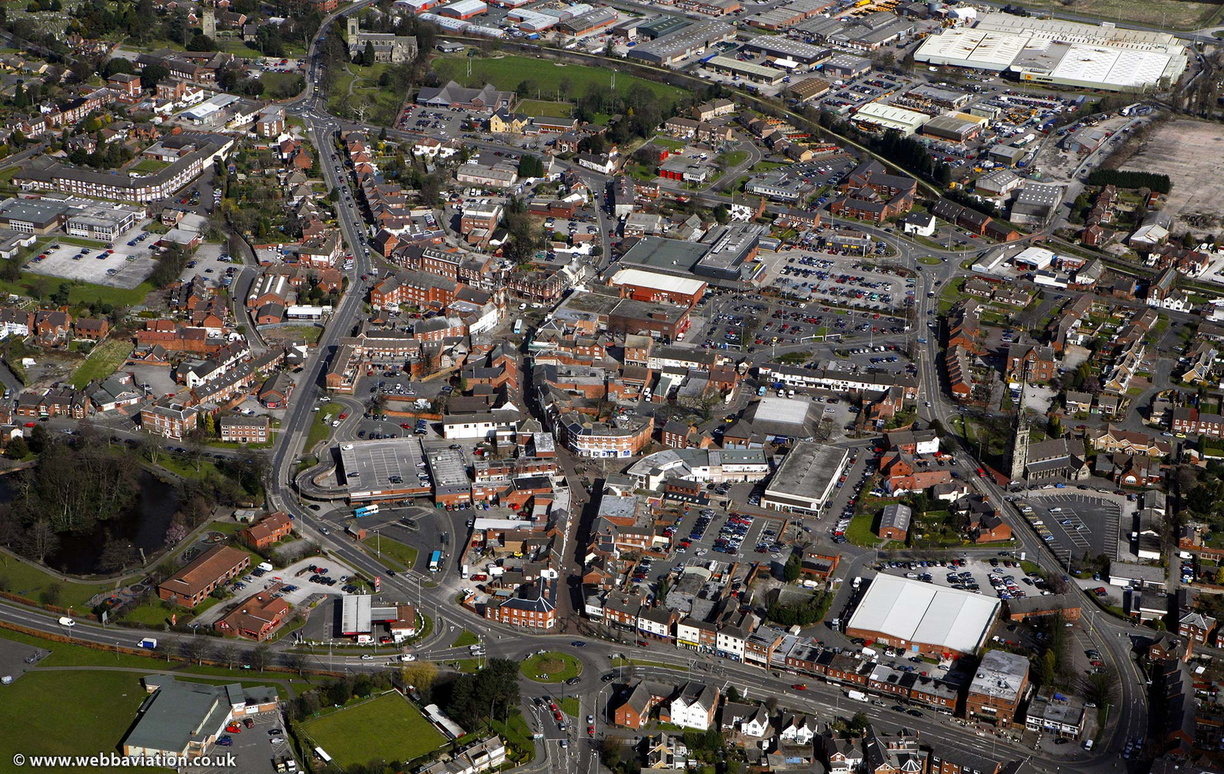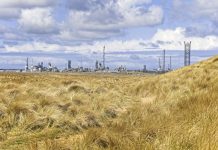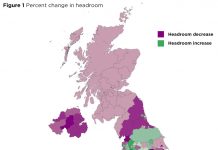Distribution system operator UKPN has launched a planning tool to help volunteer energy co-ops and town hall planners identify sites for low carbon power projects.
Serving 25 million customers in London, the south east and East Anglia, the DNO is aiming its new IRENES package at the 80% of councils in its patch who have declared climate emergencies. A plan for local, cleaner generation is central to almost all.
IRENES – standing for Integrating RENewable energy & Ecosystem Services – combines 18 datasets on land use collected by the DNO, relevant to ventures in ground-based solar PV and onshore wind. Across 18,000 square kilometres, the tool takes into account characteristics such as existing local electricity networks, terrain, solar irradiance and designations such as Areas of Outstanding Natural Beauty.
This tool has been designed by Anglia Ruskin University and the University of East Anglia, with support from UKPN’s distribution system operator and the Greater South East Net Zero Hub.
It was constructed in response to the five year old ‘Energy Data Taskforce: A Strategy for a Modern Digitalised Energy System’ report commissioned by government, Ofgem, and Innovate UK. That report set out key recommendations to modernise the UK energy system en route to Net Zero.
IRENES allows data to be easily filtered and layered with other useful Net Zero datasets held in the DSO’s Open Data Portal, to view the energy capacity currently available. Users can generate an easy-to-understand map, with colour coding showing potential locations for new projects.
Missing apparently from the IRENES package are rooftop locations. Later this month trade body SolarEnergyUK is due to publish results of its joint industry-government working party, designed to free up better access by power developers to unexploited surfaces including warehouses, commercial roofs and tower blocks.
Initial covering five county councils, UK Power Networks’ funds helped a rapid scaling up of the original concept to 133 local authorities serving 5.6 million residents.
Lynne McDonald, head of Local Net Zero at UK Power Networks’ DSO said: “This partnership showcases our DSO’s collaboration across sectors to support local authorities in easily accessing essential data for their decarbonisation plans.
“It’s been a fantastic opportunity to exchange knowledge with our colleagues in energy, data and academia. We encourage local authorities to make the most of this new tool, shape our network investments and drive sustainable change together – empowered by data and digital tools for effective, place-based decision-making.”
The Greater South East Net Zero Hub is a government-funded initiative that supports public sector organisations and their stakeholders to develop and enable the financing of local Net Zero projects. These encompass areas of Net Zero delivery including local power generation, heat and buildings, transport and local energy systems.
Peter Gudde, its Net Zero programme lead said: “We have been supporting the development of the IRENES Land Use Tool to enable locally developed renewable energy generation.




